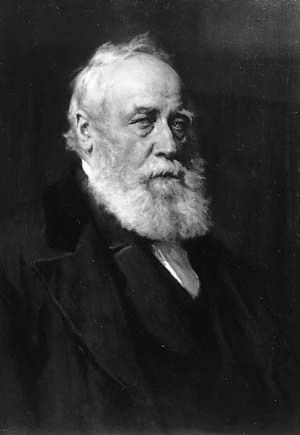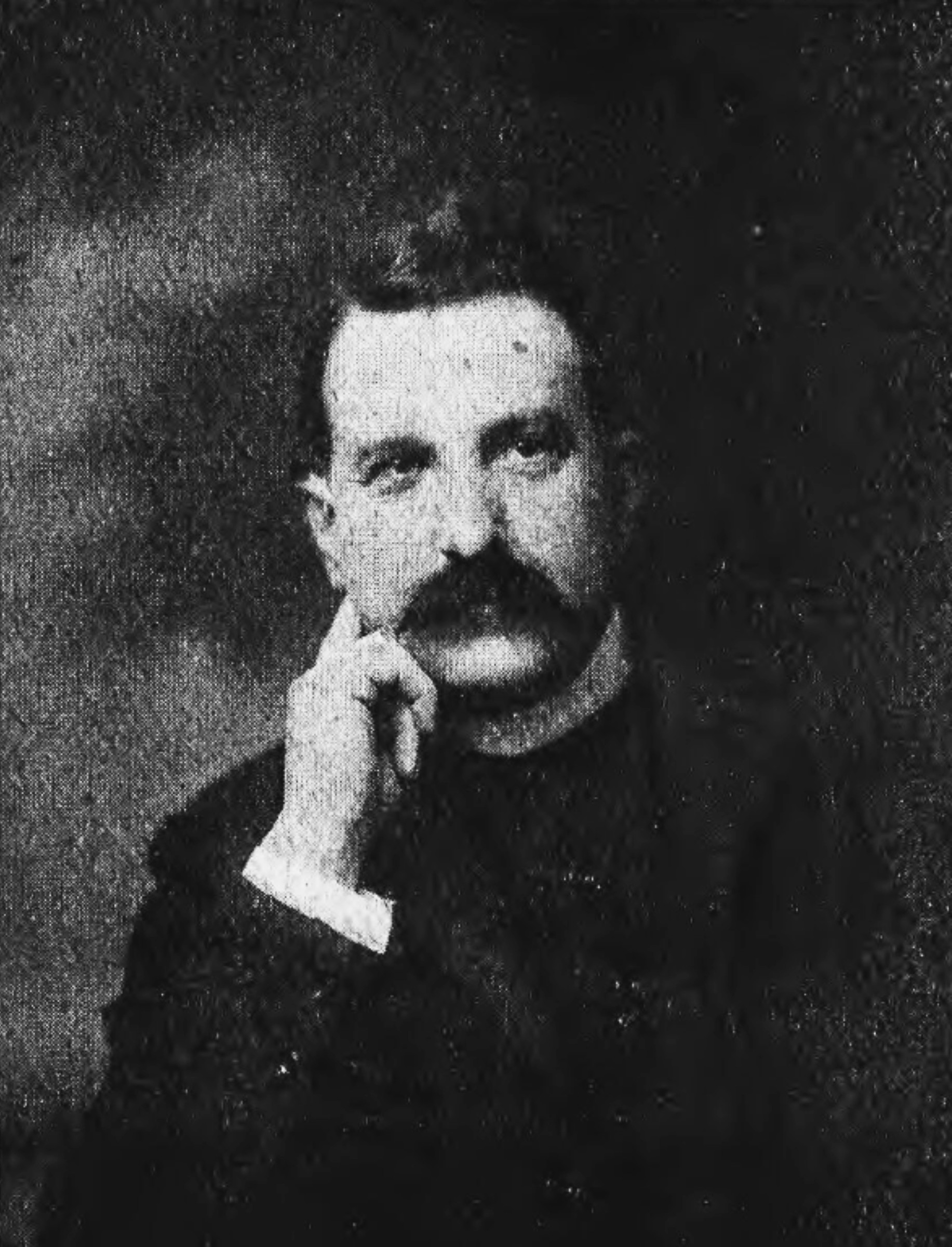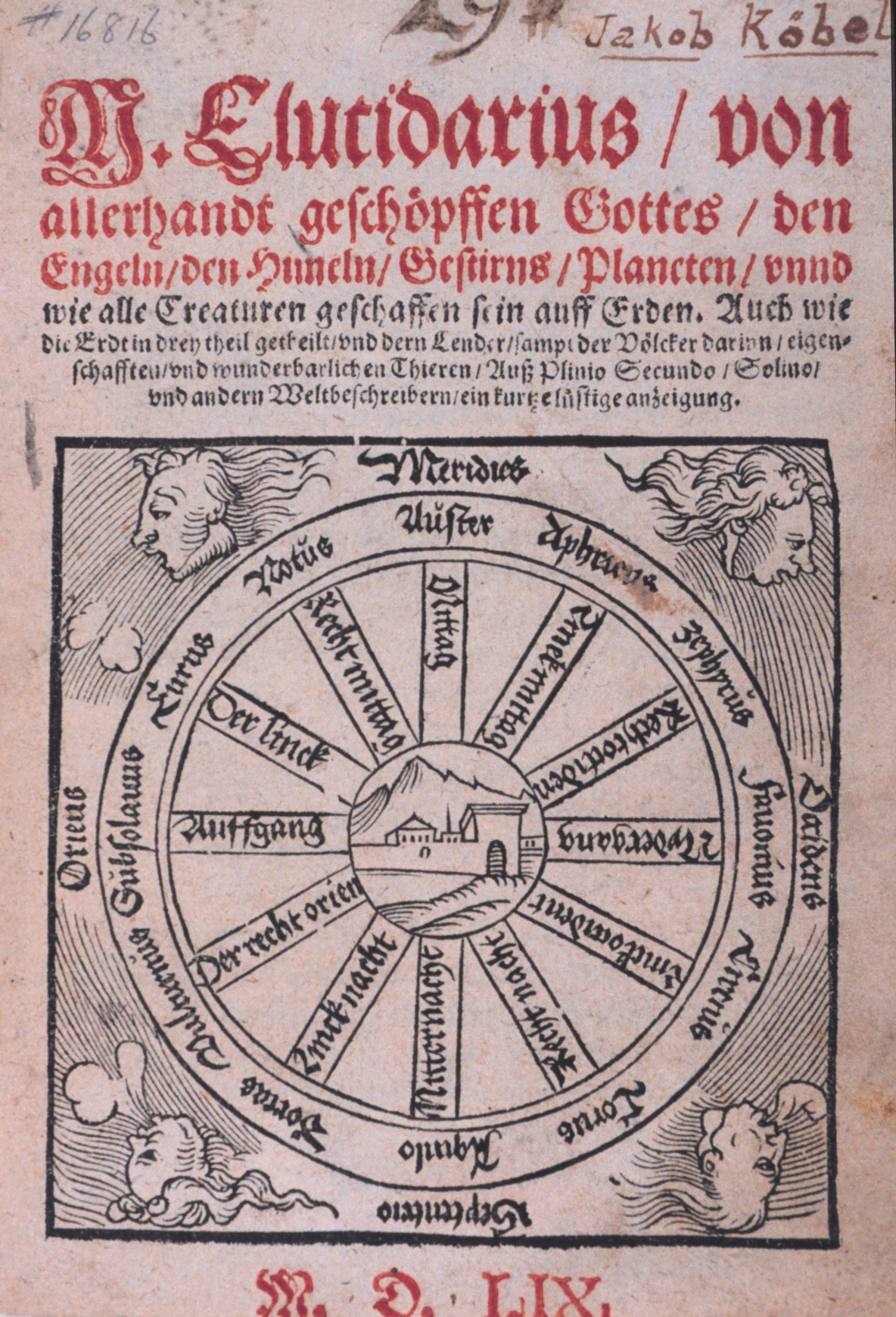|
Robert Williams (antiquary)
Robert Williams (1810–1881) was a Welsh Anglican clergyman and Celtic scholar. Life Robert Williams, born at Conway, Carnarvonshire, on 29 June 1810, was the second son of Robert Williams, perpetual curate of Llandudno. He matriculated from Christ Church, Oxford, as servitor, on 10 June 1828, and graduated BA in 1832 and MA in 1836. After a short curacy at Llangerniew in West Denbighshire (1833–6), he became in 1837 vicar of Llangadwaladr, to which was added in 1838 the perpetual curacy of Rhydycroesau, near Oswestry. The former he held till 1877, and the latter till 1879, when he was appointed to the rectory of Culmington, Shropshire. This, together with an honorary canonry at St. Asaph conferred upon him in 1872, he held till his death. He died, unmarried, on 26 April 1881. He was buried on 2 May at Culmington, where a memorial stone with a Welsh and Cornish inscription, provided by public subscription, was placed in 1899.Thomas 1900, p. 441. Works While still a ... [...More Info...] [...Related Items...] OR: [Wikipedia] [Google] [Baidu] |
The Reverend
The Reverend is an style (manner of address), honorific style most often placed before the names of Christian clergy and Minister of religion, ministers. There are sometimes differences in the way the style is used in different countries and church traditions. ''The Reverend'' is correctly called a ''style'' but is often and in some dictionaries called a title, form of address, or title of respect. The style is also sometimes used by leaders in other religions such as Judaism and Buddhism. The term is an anglicisation of the Latin ''reverendus'', the style originally used in Latin documents in medieval Europe. It is the gerundive or future passive participle of the verb ''revereri'' ("to respect; to revere"), meaning "[one who is] to be revered/must be respected". ''The Reverend'' is therefore equivalent to ''The Honourable'' or ''The Venerable''. It is paired with a modifier or noun for some offices in some religious traditions: Lutheran archbishops, Anglican archbishops, and ... [...More Info...] [...Related Items...] OR: [Wikipedia] [Google] [Baidu] |
Catholic Epistles
The catholic epistles (also called the general epistlesEncarta-encyclopedie Winkler Prins (1993–2002) s.v. "katholieke brieven". Microsoft Corporation/Het Spectrum.) are seven epistles of the New Testament. Listed in order of their appearance in the New Testament, the catholic epistles are: Naming The word '' catholic'' in the term ''catholic epistles'' has been a convention dating from the 4th century. At the time, that word simply meant "general", and was not specifically tied to any denomination, for example, what would later become known as the Catholic Church. Nevertheless, to avoid the impression these letters are only recognised in Catholicism, alternative terms such as "general epistles" or "general missionary epistles" are used. In the historical context, the word ''catholic'' probably signified that the letters were addressed to the general church, and not to specific, separate congregations or persons, as with the Pauline epistles. However, 2 John and 3 John appear ... [...More Info...] [...Related Items...] OR: [Wikipedia] [Google] [Baidu] |
Dictionary Of Welsh Biography
The ''Dictionary of Welsh Biography'' (DWB) (also ''The Dictionary of Welsh Biography Down to 1940'' and ''The Dictionary of Welsh Biography, 1941 to 1970'') is a biographical dictionary of Welsh people who have made a significant contribution to Welsh life over seventeen centuries. It was first published in 1959, and is now maintained as a free online resource. Origins Robert Thomas Jenkins was assistant editor, then joint editor, of ' and its English-language counterpart, the ''Dictionary of Welsh Biography'', writing over 600 entries. His joint editor was John Edward Lloyd, but the ''Dictionary'' was not published until 1959, twelve years after his death. It is properly known as ''The Dictionary of Welsh Biography Down to 1940'', and its supplementary volume as ''The Dictionary of Welsh Biography, 1941 to 1970'' (2001). Originally published by the Honourable Society of Cymmrodorion, recent editions have been published by the University of Wales Press. ''The Dictionary of W ... [...More Info...] [...Related Items...] OR: [Wikipedia] [Google] [Baidu] |
Cambria (journal)
''Cambria: A Welsh Geographical Review'' was a journal published in Wales between 1974 and 1989. Though edited by members of the Geography Departments of Swansea University and Aberystwyth University, the publication was run as an independent business, and production values were basic. ''Cambria'' was an annual English-language academic journal containing articles and book reviews on geographical and related topics. It has been digitized by the Welsh Journals Online project at the National Library of Wales The National Library of Wales ( cy, Llyfrgell Genedlaethol Cymru), Aberystwyth, is the national legal deposit library of Wales and is one of the Welsh Government sponsored bodies. It is the biggest library in Wales, holding over 6.5 million boo .... References External links ''Cambria''at Welsh Journals Online Magazines published in Wales European studies journals Geography journals Academic journals established in 1974 Publications disestablished in 1989 E ... [...More Info...] [...Related Items...] OR: [Wikipedia] [Google] [Baidu] |
Cambrian Archaeological Association
The Cambrian Archaeological Association ( cy, Cymdeithas Hynafiaethau Cymru) was founded in 1846 to examine, preserve and illustrate the ancient monuments and remains of the history, language, manners, customs, arts and industries of Wales and the Welsh Marches and to educate the public in such matters. The association's activities include sponsoring lectures, field visits, and study tours; as well as publishing its journal, ''Archaeologia Cambrensis'', and monographs. It also provides grants to support research and publications. Activities Meetings and lectures The association holds two meetings each year, a week in mid-summer and an autumn weekend, visiting sites and monuments in all parts of Wales and, on occasions, in England, Scotland, Ireland and abroad. Easter conferences with lectures on matters of current concern in history and archaeology are held on a bi-annual basis. It arranges a lecture in the Welsh language each year at the National Eisteddfod. Research grants and ... [...More Info...] [...Related Items...] OR: [Wikipedia] [Google] [Baidu] |
William Forbes Skene
William Forbes Skene WS FRSE FSA(Scot) DCL LLD (7 June 1809 – 29 August 1892), was a Scottish lawyer, historian and antiquary. He co-founded the Scottish legal firm Skene Edwards which was prominent throughout the 20th century but disappeared in 2008 when it merged with Morton Fraser. Life He was born in Inverey, the second son of Sir Walter Scott's friend, James Skene (1775–1864), of Rubislaw, near Aberdeen, and his wife, Jane Forbes, daughter of Sir William Forbes, 6th Baronet of Pitsligo. The family moved to Edinburgh in 1817, originally living with his uncle, Andrew Skene then from 1820 living at 126 Princes Street facing Edinburgh Castle.Edinburgh Post Office Directory 1820 He was educated at the High School in Edinburgh. He was then apprenticed as a lawyer first to Francis Wilson WS at Parliament Square then to Henry Jardine WS also at Parliament Square. He then studied law at the University of St Andrews and Edinburgh University, also taking a special inte ... [...More Info...] [...Related Items...] OR: [Wikipedia] [Google] [Baidu] |
Book Of Taliesin
The Book of Taliesin ( cy, Llyfr Taliesin) is one of the most famous of Middle Welsh manuscripts, dating from the first half of the 14th century though many of the fifty-six poems it preserves are taken to originate in the 10th century or before. The volume contains some of the oldest poems in Welsh, possibly but not certainly dating back to the sixth century and to a real poet called Taliesin (though these, if genuine, would have been composed in the Cumbric dialect of Brittonic-speaking early medieval north Britain, being adapted to the Welsh dialect of Brittonic in the course of their transmission in Wales). Date and provenance of the manuscript The manuscript, known as Peniarth MS 2 and kept at the National Library of Wales, is incomplete, having lost a number of its original leaves including the first. It was named ''Llyfr Taliessin'' in the seventeenth century by Edward Lhuyd and hence is known in English as "The Book of Taliesin". The palaeographer John Gwenogvryn ... [...More Info...] [...Related Items...] OR: [Wikipedia] [Google] [Baidu] |
Dictionary Of National Biography
The ''Dictionary of National Biography'' (''DNB'') is a standard work of reference on notable figures from British history, published since 1885. The updated ''Oxford Dictionary of National Biography'' (''ODNB'') was published on 23 September 2004 in 60 volumes and online, with 50,113 biographical articles covering 54,922 lives. First series Hoping to emulate national biographical collections published elsewhere in Europe, such as the '' Allgemeine Deutsche Biographie'' (1875), in 1882 the publisher George Smith (1824–1901), of Smith, Elder & Co., planned a universal dictionary that would include biographical entries on individuals from world history. He approached Leslie Stephen, then editor of the ''Cornhill Magazine'', owned by Smith, to become the editor. Stephen persuaded Smith that the work should focus only on subjects from the United Kingdom and its present and former colonies. An early working title was the ''Biographia Britannica'', the name of an earlier eigh ... [...More Info...] [...Related Items...] OR: [Wikipedia] [Google] [Baidu] |
Griffith Hartwell Jones
Rev. Griffith Hartwell Jones (10 April 1859 – 27 May 1944) was a Welsh academic and Anglican clergyman.''1939 England and Wales Register''''England & Wales, National Probate Calendar (Index of Wills and Administrations), 1858–1966, 1973–1995'' He was born in Llanrhaeadr-ym-Mochnant, Denbighshire. He was educated at Jesus College, Oxford, where he was a scholar, and became professor of Latin at the University College of South Wales and Monmouthshire, Cardiff, lecturing on historical and philological topics and writing extensively. He was also chairman of the National Eisteddfod Association, chairman of the council of the Honourable Society of Cymmrodorion and a member of the Royal Commission on the Ancient and Historical Monuments of Wales The Royal Commission on the Ancient and Historical Monuments of Wales (RCAHMW; cy, Comisiwn Brenhinol Henebion Cymru; ), established in 1908, is a Welsh Government sponsored body concerned with some aspects of the archaeologica ... [...More Info...] [...Related Items...] OR: [Wikipedia] [Google] [Baidu] |
Elucidarium
''Elucidarium'' (also ''Elucidarius'', so called because it "elucidates the obscurity of various things") is an encyclopedic work or ''summa'' about medieval Christian theology and folk belief, originally written in the late 11th century by Honorius Augustodunensis, influenced by Anselm of Canterbury and John Scotus Eriugena. It was probably complete by 1098, as the latest work by Anselm that finds mention is ''Cur deus homo''. This suggests that it is the earliest work by Honorius, written when he was a young man. It was intended as a handbook for the lower and less educated clergy. Valerie Flint (1975) associates its compilation with the 11th-century Reform of English monasticism. Overview The work is set in the form of a Socratic dialogue between a disciple and his teacher, divided in three books. The first discusses God, the creation of angels and their fall, the creation of man and his fall and need for redemption, and the earthly life of Christ. The second book discusses t ... [...More Info...] [...Related Items...] OR: [Wikipedia] [Google] [Baidu] |
Holy Grail
The Holy Grail (french: Saint Graal, br, Graal Santel, cy, Greal Sanctaidd, kw, Gral) is a treasure that serves as an important motif in Arthurian literature. Various traditions describe the Holy Grail as a cup, dish, or stone with miraculous healing powers, sometimes providing eternal youth or sustenance in infinite abundance, often guarded in the custody of the Fisher King and located in the hidden Grail castle. By analogy, any elusive object or goal of great significance may be perceived as a "holy grail" by those seeking such. A "grail" (Old French: ''graal'' or ''greal''), wondrous but not unequivocally holy, first appears in '' Perceval, the Story of the Grail'', an unfinished chivalric romance written by Chrétien de Troyes around 1190. Chrétien's story inspired many continuations, translators and interpreters in the later-12th and early-13th centuries, including Wolfram von Eschenbach, who perceived the Grail as a stone. The Christian, Celtic or possibly other o ... [...More Info...] [...Related Items...] OR: [Wikipedia] [Google] [Baidu] |




